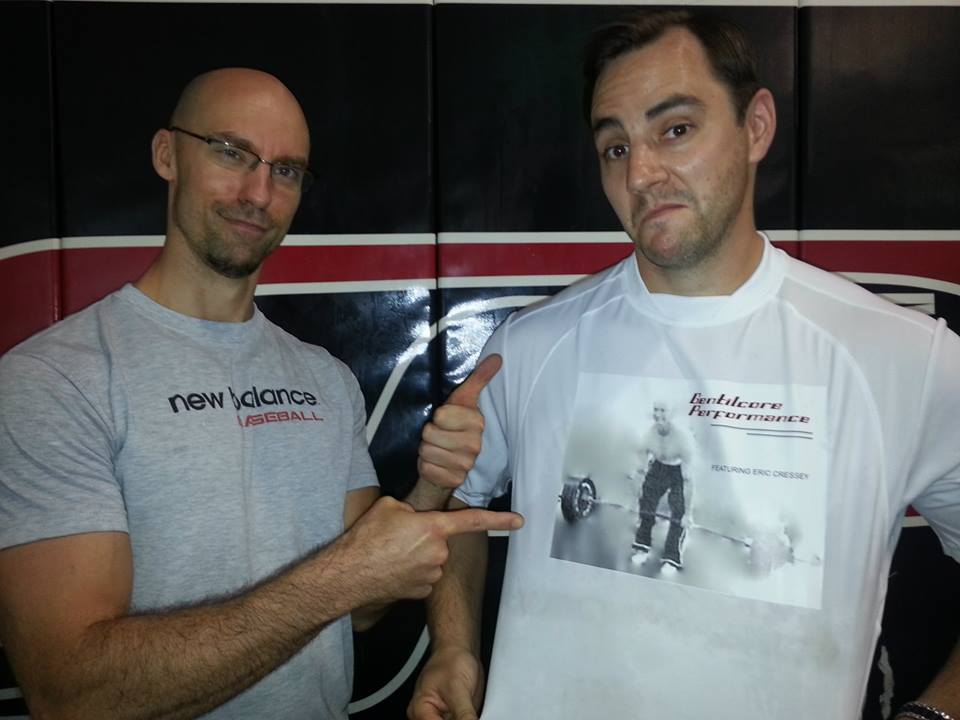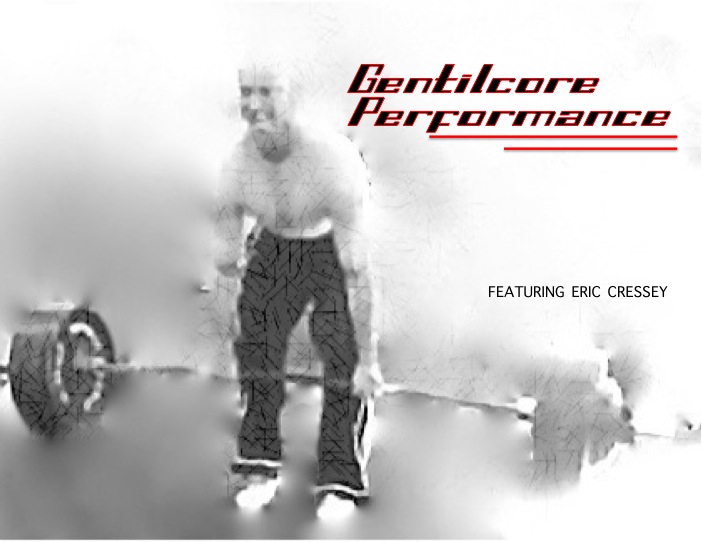It’s not something I’m proud to admit it, but up until last week it’s been about eleven years since I’ve stepped foot into a doctor’s office.
While I’d like to sit here and say it’s due to some irrational fear – akin to some people’s fear of say, clowns – sadly, it has more to do with plain ol’ stubbornness peppered with a hint of laziness and a touch of cynicism.
Knock on wood it’s not that often that I get sick. I can count on one hand the number of times I’ve been legitimately out of commission in the last decade, to the point where staying home and watching re-runs of Knight Rider seemed like a better option than “manning up” and heading to work. And even then I was usually back to normal within a 24-36 hour period.
Fever? Headache? Upset stomach? Ebola? Whatevs. Doctor schmoctor.
I think much of my “beef” with the primary care industry (and yes, it IS an industry: they’re just as interested in making money as your local Audi dealership) is that a large portion of it (not all of it) is more interested in being reactive instead of proactive.
It’s much easier to tell the type II diabetic to take eight different pills to treat their symptoms than it is educate him or her on the benefits of exercise and making wiser food choices.
I get it: doctors are trained to use medicine, not dumbbells and fish oil, to treat symptoms. It’s just kind of frustrating when I know we can save a metric shit-ton of money in preventative health care costs by educating people rather than circumventing everything with “band aid” fixes.
So yeah, I generally steer clear of the doctor’s office more so out of spite than anything else. It’s stupid and childish, I know.
But what can I say? I like Boobies.
Well, Lisa put an end to the nonsense. She’s been on me for a while now to go to the doctor’s office if for nothing else just to get a check up and make sure things are a-okay.
To her credit, Lisa absolutely adores her doctor – she’s very attentive, listens, takes her time, and takes a much more proactive approach – and mentioned to me last fall that she was accepting new patients.
I made the appointment and conveniently missed it. Oops.
I know it came across as self-sabotage, but I totally blanked and got my dates mixed up, and unfortunately, because she’s so popular, in order to reschedule I would have had to wait until January in order to see her.
To make a long story short, I ended up making an appointment with one of the resident doctors (who’s under the supervision of Lisa’s doctor) and well, it was awesome!
She asked a lot of questions, took her time, and didn’t blink an eye when I told her I ate 5-10 eggs per day. I mentioned that I was interested in getting my vitamin D checked, as well as my cholesterol but that I didn’t want the ordinary test that just gives you your total cholesterol (HDL/LDL) count.
Total cholesterol is a meaningless number and should be the basis for absolutely nothing. The old division into “good” (HDL) cholesterol and “bad” (LDL) cholesterol is out of date and provides only marginally better information than a “total” cholesterol reading.
As noted in their fantastic book, The Great Cholesterol Myth, Jonny Bowden and Dr. Stephen Sinatra state:
Both good and bad cholesterol have a number of different components (or subtypes) that behave quite differently, and the twenty-first-century version of cholesterol test should always tell you exactly which subtypes you have.
More to the point they HIGHLY recommend a Particle Size Test.
Although LDL cholesterol is known as the “bad” cholesterol, the fact is that it comes in several shapes and sizes, as does HDL cholesterol, the so-called “good” kind. These different subtypes of cholesterol behave very differently. Seen under a microscope, some LDL particles are big, fluffy, and harmless. Some are small, dense, and “angry,” and much more likely to become oxidized, slipping through the cells that line the walls of arteries and beginning the inflammatory cascade that leads to heart disease.
Total cholesterol doesn’t mean shit and should NOT be the basis for any treatment. While the media is quick to demonize high total cholesterol for the cause of heart disease, what they fail to dictate to the pubic is that 45-50% of the people who die from heart disease have what’s deemed “acceptable” total cholesterol readings.
There’s much more of the onion that needs to be peeled back than TOTAL cholesterol. What’s more, the fact that cholesterol is demonized in the first place is a bunch of BS.
Alas, the public has been programmed to think that cholesterol is our enemy……….so it only makes sense that the amount of eggs I ingest on a weekly basis would make most people cringe.
I got my blood work back the other day, and in the words of my doctor: everything came back perfectly normal.
So to all the random checkout line cashiers throughout the years who shit a tofu brick and went out of their way to express their concern about my cholesterol levels (I can’t tell how many have asked whether or not I’m ever concerned about my cholesterol) because of the number of cartons of eggs (and beef, and bacon, and cheese) I buy each week, but never said a word to the person a head of me with a cart filled with soda, ice-cream, chips, cookies, and organic Pop-Tarts…… all I have to say is:
Nah nah nah nahhhhhhhhhhhhhhh.
I win.
And, I have the coolest doctor like, ever.







